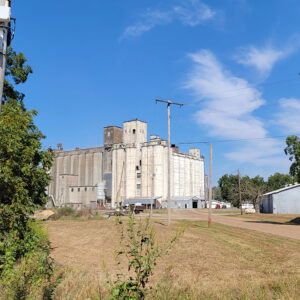 Riceland Silos
Riceland Silos
Entry Category: Land and Resources
 Riceland Silos
Riceland Silos
 Riceland Storage Facility
Riceland Storage Facility
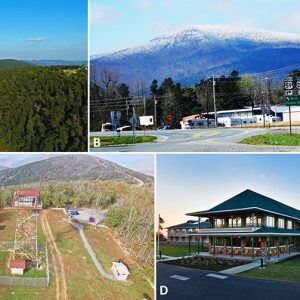 Rich Mountain
Rich Mountain
Rich Mountain
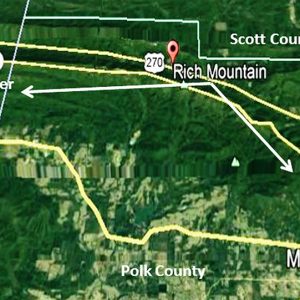 Rich Mountain Map
Rich Mountain Map
 Rich Mountain View
Rich Mountain View
River Designations
aka: Wild and Scenic Rivers
aka: Arkansas Natural and Scenic Rivers System
 Richland Creek
Richland Creek
 River Parks Campaign Poster
River Parks Campaign Poster
Rivers
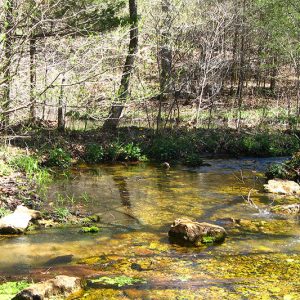 Rock Creek Natural Area
Rock Creek Natural Area
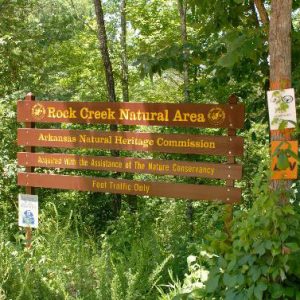 Rock Creek Natural Area
Rock Creek Natural Area
 Rogers Broiler Show
Rogers Broiler Show
 Rogers White Lime Works
Rogers White Lime Works
 Roosevelt Interview Article
Roosevelt Interview Article
 Roth Prairie Natural Area
Roth Prairie Natural Area
 Roth Prairie Natural Area
Roth Prairie Natural Area
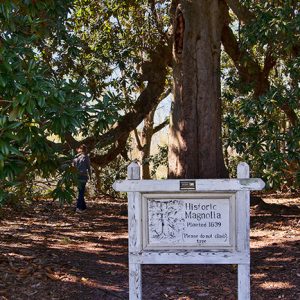 Royston Magnolia
Royston Magnolia
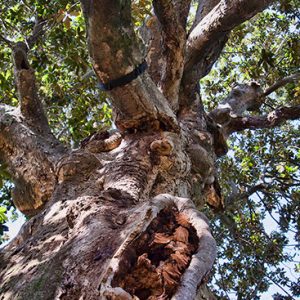 Royston Magnolia
Royston Magnolia
 John D. Rust
John D. Rust
Rust, John Daniel
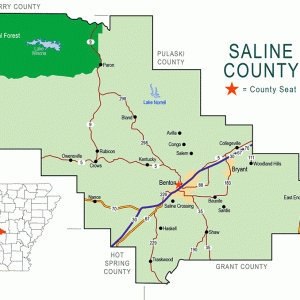 Saline County Map
Saline County Map
Saline River
 Saline River
Saline River
 Saline River at Jenkins Ferry
Saline River at Jenkins Ferry
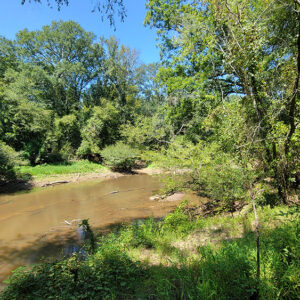 Saline River at Jenkins Ferry
Saline River at Jenkins Ferry
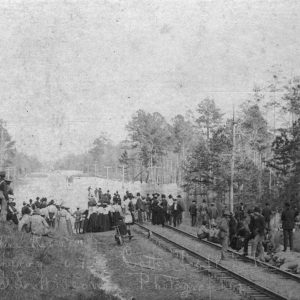 Saline River Flood
Saline River Flood
Saltpeter Mining
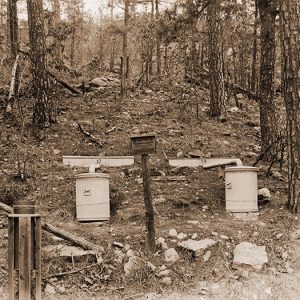 Sampling Plots
Sampling Plots
 Stephen Samuels
Stephen Samuels
Samuels, Stephen L.
Sand and Gravel Mining
aka: Gravel and Sand Mining
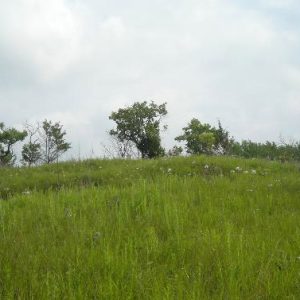 Saratoga Blackland Prairie Natural Area
Saratoga Blackland Prairie Natural Area
Save the River Parks Campaign
aka: Audubon Society of Central Arkansas v. Dailey
 Scott County Map
Scott County Map
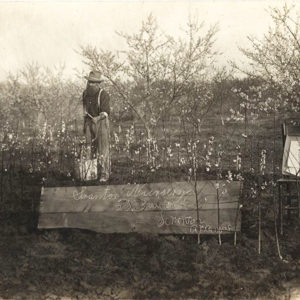 Scranton Nursery
Scranton Nursery
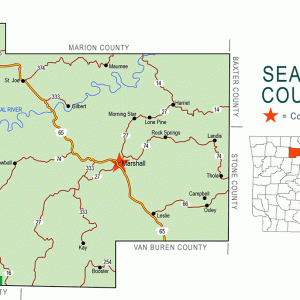 Searcy County Map
Searcy County Map
 Searles Prairie Natural Area
Searles Prairie Natural Area
 Searles Prairie Natural Area
Searles Prairie Natural Area
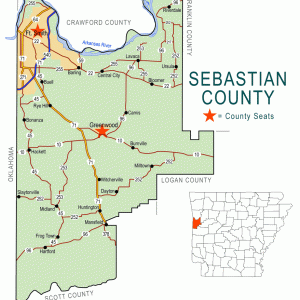 Sebastian County Map
Sebastian County Map
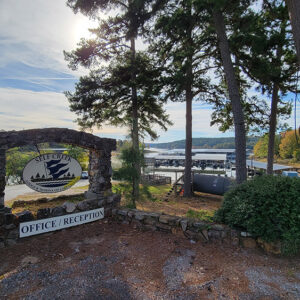 Self Creek Lodge and Marina
Self Creek Lodge and Marina
 Setting Backfire
Setting Backfire
 Seven Devils Swamp Natural Area
Seven Devils Swamp Natural Area
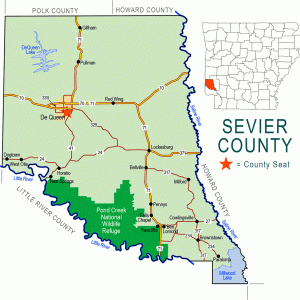 Sevier County Map
Sevier County Map
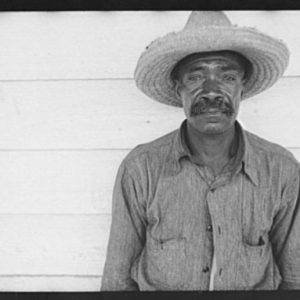 Sharecropper
Sharecropper
 Sharecropper House
Sharecropper House
Sharecropping and Tenant Farming
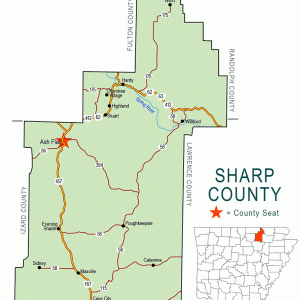 Sharp County Map
Sharp County Map
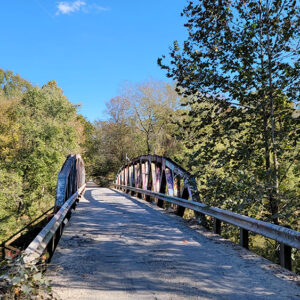 Shaw Bridge
Shaw Bridge
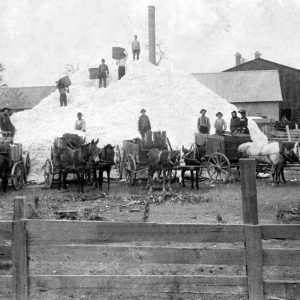 Sheeks-Stephens Gin
Sheeks-Stephens Gin




